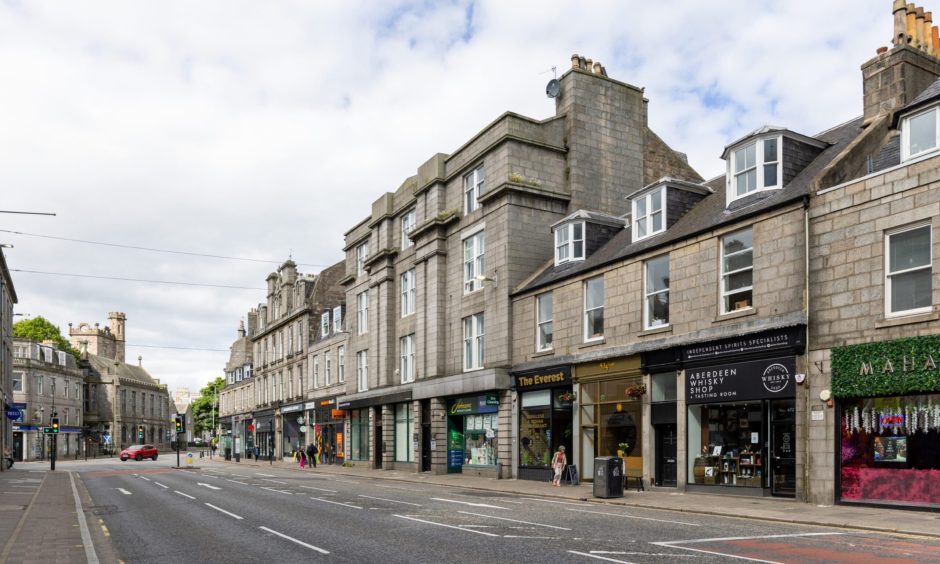
A unique offering of independent shops and businesses can attract people to a city from far and wide.
It can set a city apart if it has something nowhere else does.
Aberdeen is home to a wide range of different units, but have you ever wondered how many of our businesses are independent?
Using the data from our high street tracker, we categorised each occupied unit to see the proportion of Aberdeen’s high streets and shopping centres that are independent versus the number that are chains.
We also looked at the vacancy rates across all streets, and whether there was any correlation between the number of independent businesses in an area and the vacancy rates.
We found:
- More than 60% of the occupied units on the high streets we track are independent businesses
- Aberdeen’s shopping centres are mainly made up of chain stores and restaurants.
- Some of the streets with the lowest vacancy rates also have high percentages of independent businesses
How independent are Aberdeen’s high streets?
Our High Street tracker covers Schoolhill, Belmont Street, Little Belmont Street, Back Wynd, Upperkirkgate, Union Street, Thistle Street, Chapel Street up to as far as the hotel, and George Street as far as its junction with Hutcheon Street.
We also track Gaelic Lane, but as there is only two units on the street, it will not be included in this article.
In total, we included 328 units in our analysis. There were seven units we didn’t include due to them being either office buildings or public sector information units. Six of them were on Union Street and one was on Belmont Street.
Of those 328 units, 209 of them were deemed to be independent businesses- or 63.72%. This means that the remaining 36.28%, a total of 119 units, are chains.
Thistle Street, in the west-end of the city centre, is the street with the highest percentage of independent businesses at more than 90% independent.
Chapel Street where it is tracked up to the hotel was second at 80% independent.
Only two units were occupied by a chain in Thistle Street, while there were three on Chapel Street.
George Street and Belmont Street are both 78% independent businesses. Of the 75 included businesses on George Street, 59 are independent (78.67%) and 16 are chains, while on Belmont Street, there’s 23 occupied units, not including the one that was excluded for being public information, with 18 of them independent (78.26%) and only five are chains.
Union Street had the lowest percentage of independent businesses of all the high streets we track. Of 150 units included, 71 were independent – just under half at 47.33%. It is also the longest street that we track.
What about the shopping centres?
Although the high streets are all more than 45% independent, with most of them at least two-thirds independent, the picture is not the same across our shopping centres.
In the high street project, we track both sides of the Bon Accord Centre, the Trinity Centre and Union Square.
Across all centres, only 12.99% of units are filled by independent businesses. There’s 154 tracked units, with 20 of them independent and 134 chains.
This does not include three units within the Bon Accord that weren’t included due to being information services, vaccination centres or a play zone.
The Trinity Centre has the highest percentage of independent units across all of the shopping centres. We’ve categorised 21 units within the centre, and found that eight of them are filled by independent business. The other 13 were chains.
The larger side of Bon Accord is the second-most independent at 23.68%, with nine of 38 units falling under this category.
In the smaller side, formerly St Nicholas, the percentage of non-chain stores was slightly lower at 17.65%, three out of 17 being indie.
Meanwhile in Union Square, there wasn’t a single independent business in any of the units, despite there being 78 occupied units when our analysis was done.
Do higher numbers of independent businesses lower vacancy rates?
Having a full and bustling high street is a goal that many people in Aberdeen share.
Work is being done to market the city centre, and ensure that empty units, especially those that have been vacant for some time, are taken up by a new business, whether that is a chain or an independent business.
But does having an abundance of independent businesses on a street make it a more attractive place for opening a new store?
Schoolhill is 45.5% vacant, but 66.67% of the shops that are occupied are independent.
Meanwhile Upperkirkgate, which is 8.3% vacant, is 63.64% independent businesses.
So what does that mean?
The answer to the question of whether independent businesses impact a street’s vacancy rate is -not really.
Thistle Street has the highest percentage of indie businesses, and the second lowest vacancy rate out of the streets that we track.
But Upperkirkgate, which has the lowest vacancy rate, also has the third lowest percentage of independent businesses.
Schoolhill lies in the middle when looking at the percentage of independent businesses, but has the highest vacancy rate.
And Chapel Street, which has the second highest vacancy rate, also has the second highest percentage of independents.
The West End is clearly an attractive place for those not part of a chain, but that doesn’t mean units won’t sit empty.
And just because a road is made up of chains, doesn’t mean it’s more likely to be empty.
Looking at shopping centres, it’s difficult to tell whether independent businesses make a difference to rates.
Union Square, which is the most full shopping centre, has no independent businesses, but has the lowest vacancy rate. However, we do not track all of the kiosks in place at Union Square as they are not always permanent. At the moment there is a Shot n Roll kiosk in place, which is an independent business, but it has not been included as it is not in one of the main units.
While the Trinity Centre and the Bon Accord Centre have the two highest percentages of independent businesses, but are also joint top for the most vacant at a quarter empty.
‘What makes a great high street… is people’
Andrew Goodacre, CEO of the British Independent Retailers Association (BIRA), said: “I genuinely believe that independent businesses are at the heart of every good high street.
“As consumers we want to see something different. We want to walk into shops and served by people who are passionate about what they are selling and about their customers.
“Even though shopping habits have changed over the years with the rise of internet shopping, 78% of people prefer to buy in shops. This is still a significant opportunity, but today’s shopper is more discerning and so retailers of all sizes have to work harder to encourage spend.”
He added: “Even though we represent indie retailers, I do not think that retail alone is enough to bring people out. The best high streets are placed with interdependent business working together to create a great ‘place’.
“Shops, bars, cafes, libraries, green spaces, etc all pulling together to attract people. What makes a great high street in reality is people – a place that feels busy and vibrant.
“To achieve that we need diversity of business, diversity of product, diversity of activity during ted y and at night. But even if we have the businesses, we still need investment in infrastructure to make the place accessible, to make the place feel safe.
“If we can get this right then people will continue to value and use their local high streets and shops, and vacancy rates will decline.”
Methodology
All data is gathered manually and analysed by our data team, which means that it may be subject to some human error. Data on the occupied units for each street and shopping centres were gathered through our high street tracker project, and filtered to only include units that are currently open.
From there, we went through each store manually and decided whether it was an independent business or a chain.
Businesses with multiple locations were deemed to be independent if they were based in Scotland only and were a business registered to an address in Scotland. This includes companies with only a few locations across Scotland but didn’t originate in Aberdeen, businesses which have a lot of locations but are registered in the north-east, and businesses that are registered to another city in Scotland outside Aberdeen and have a number of locations but operate within Scotland only. We did not include businesses that are local but have a large presence outside the country, such as businesses that have many chains in the rest of the UK, or abroad.
Every business was looked up, and if there was not any obvious evidence that there were multiple locations then it was deemed an independent business.
The data team has also investigated who owns the 39 empty units on Union Street and whether they are working to fill them.
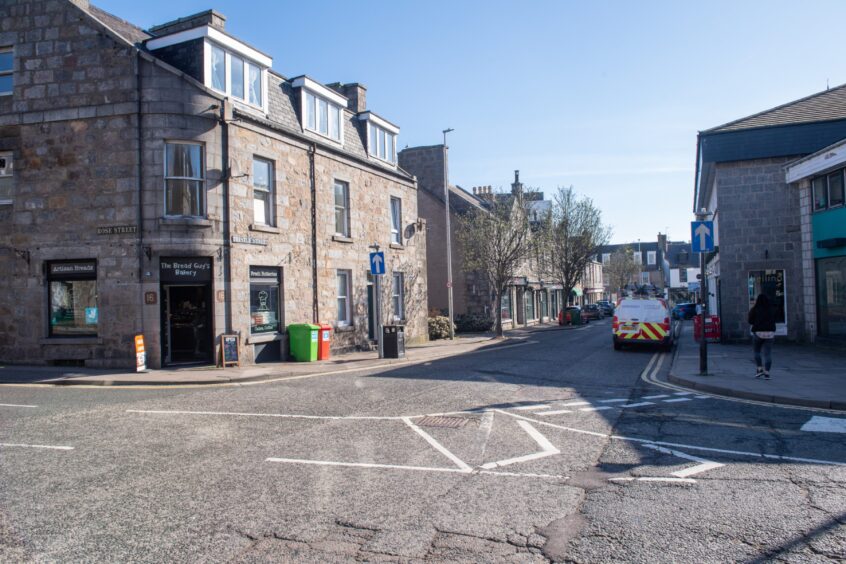
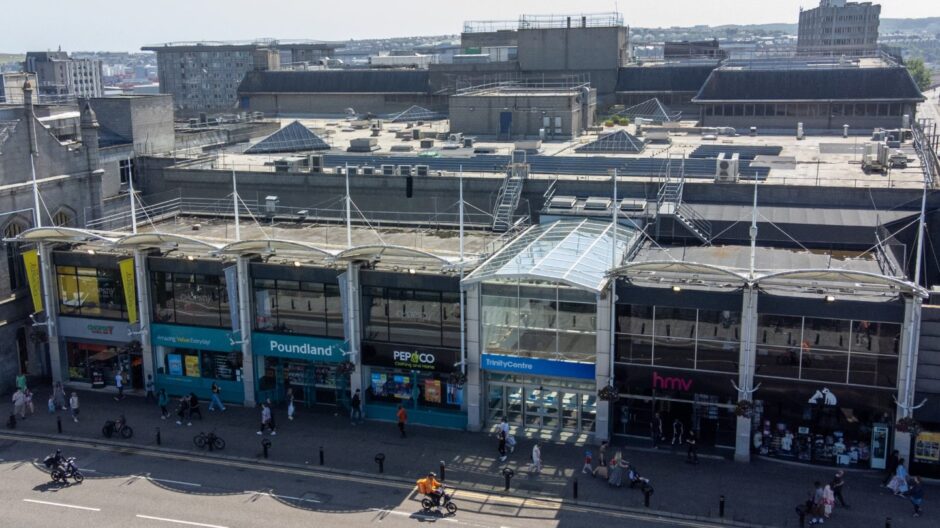
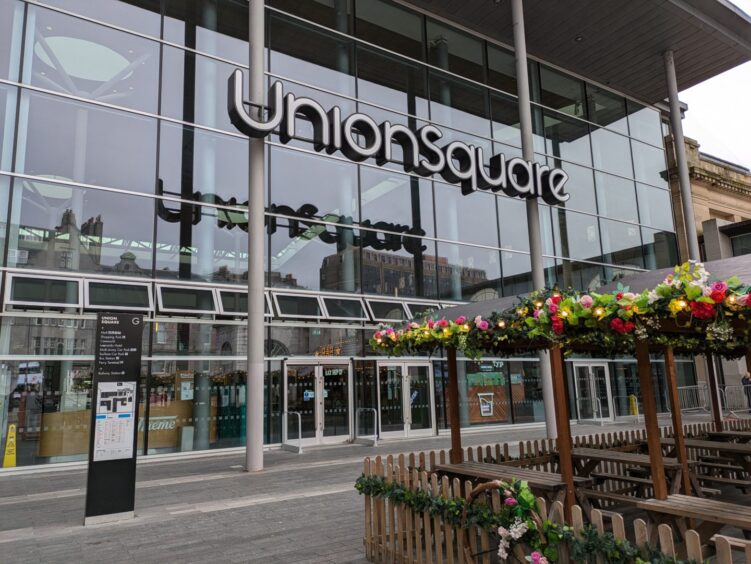
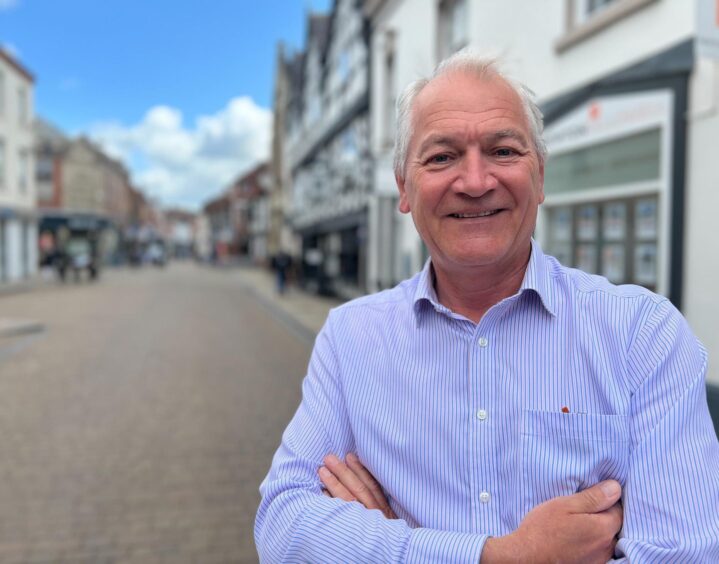
Conversation